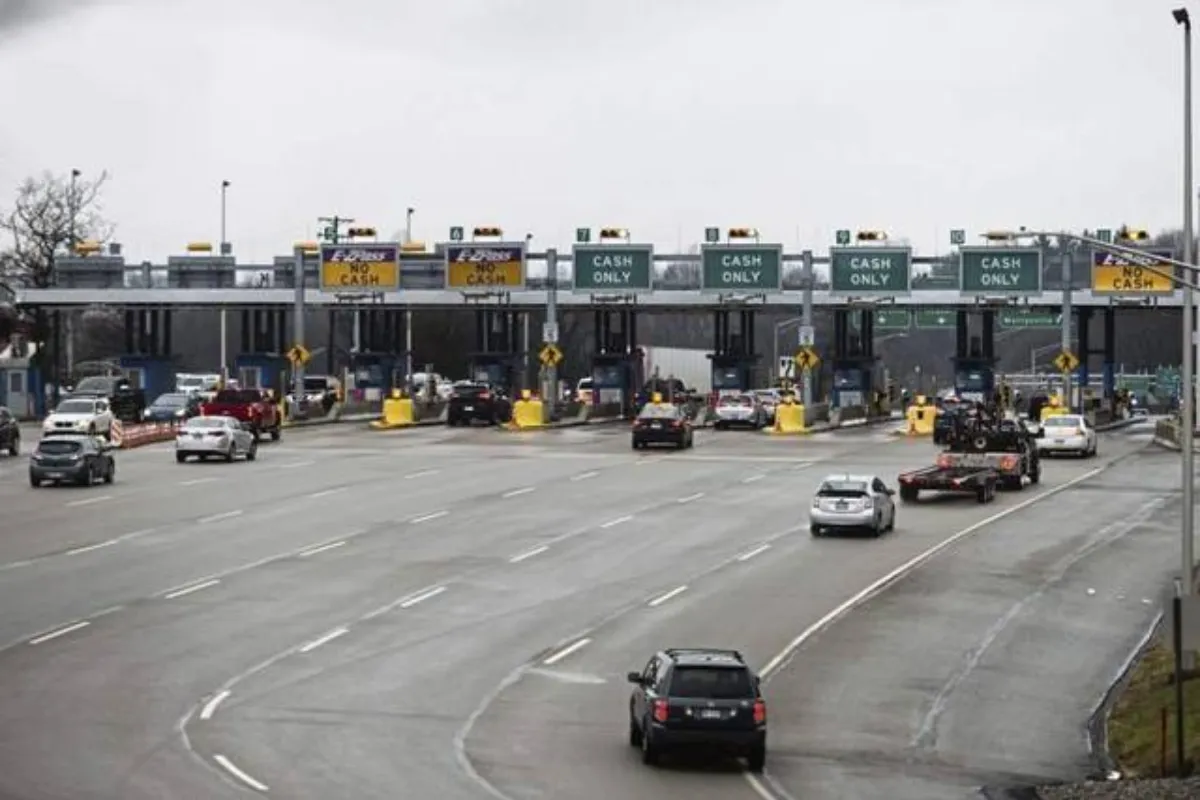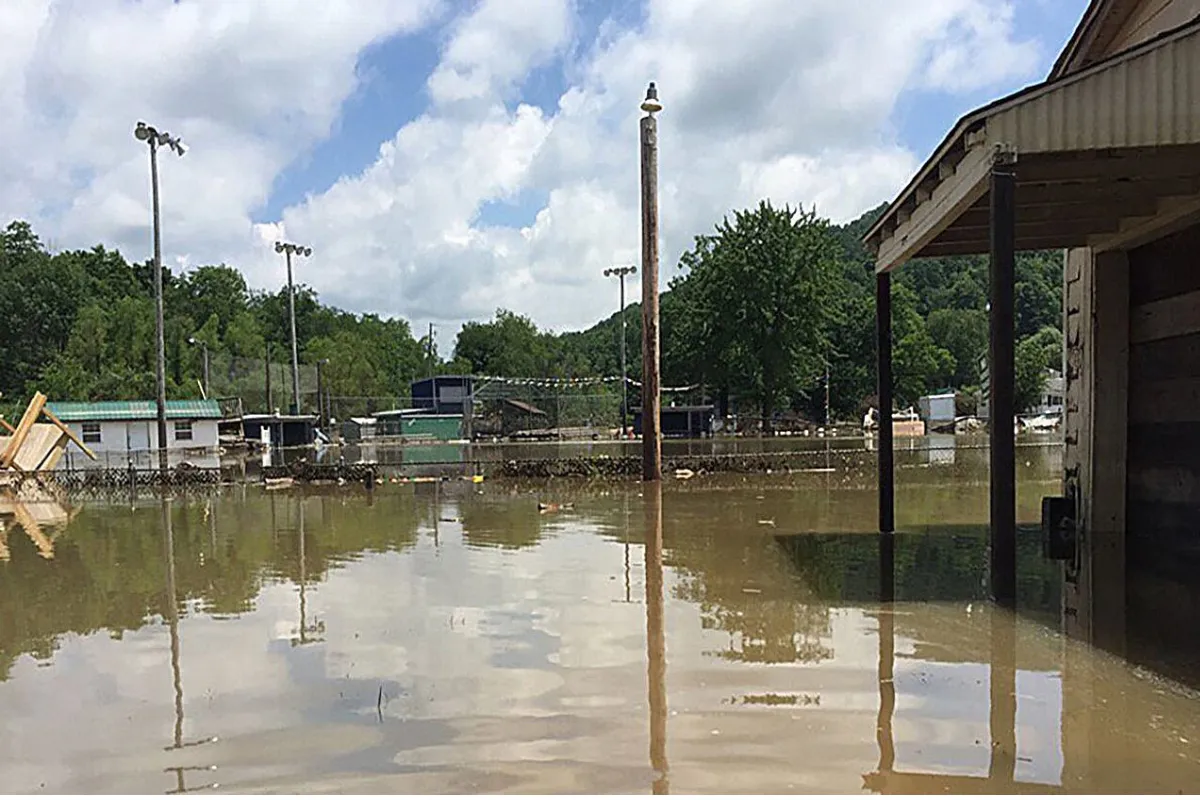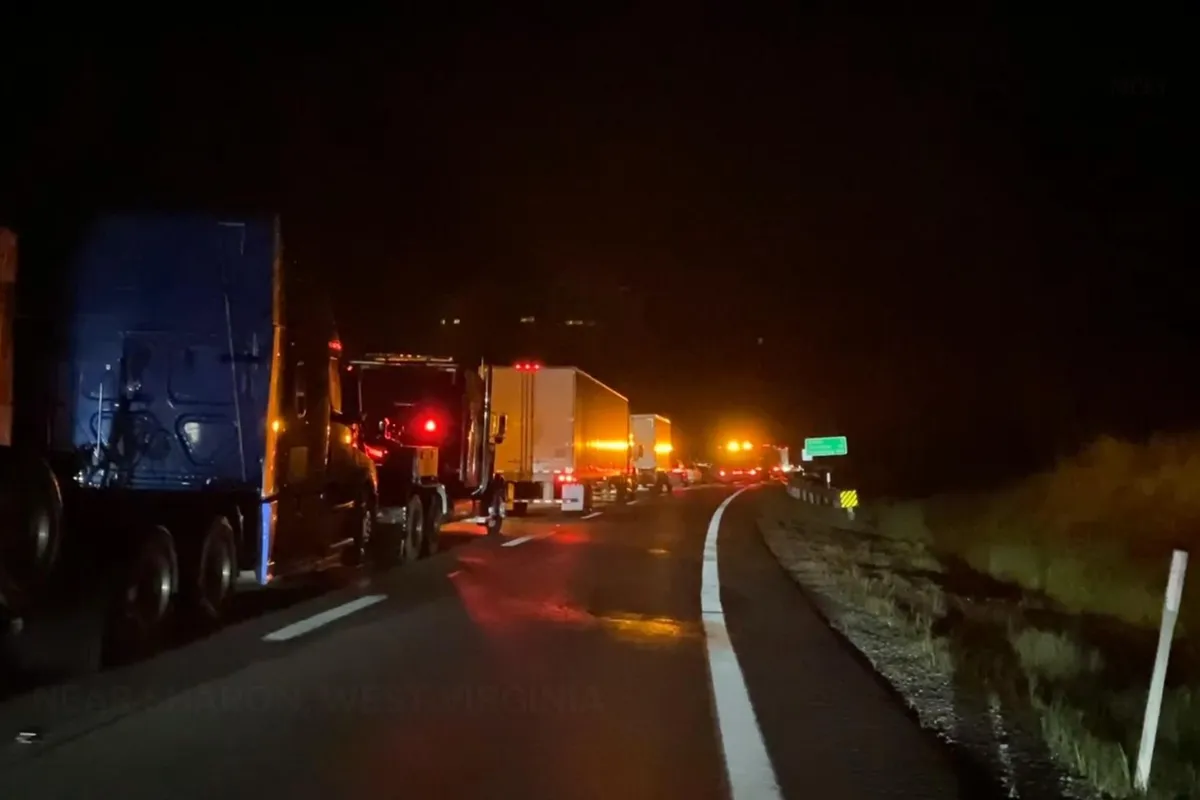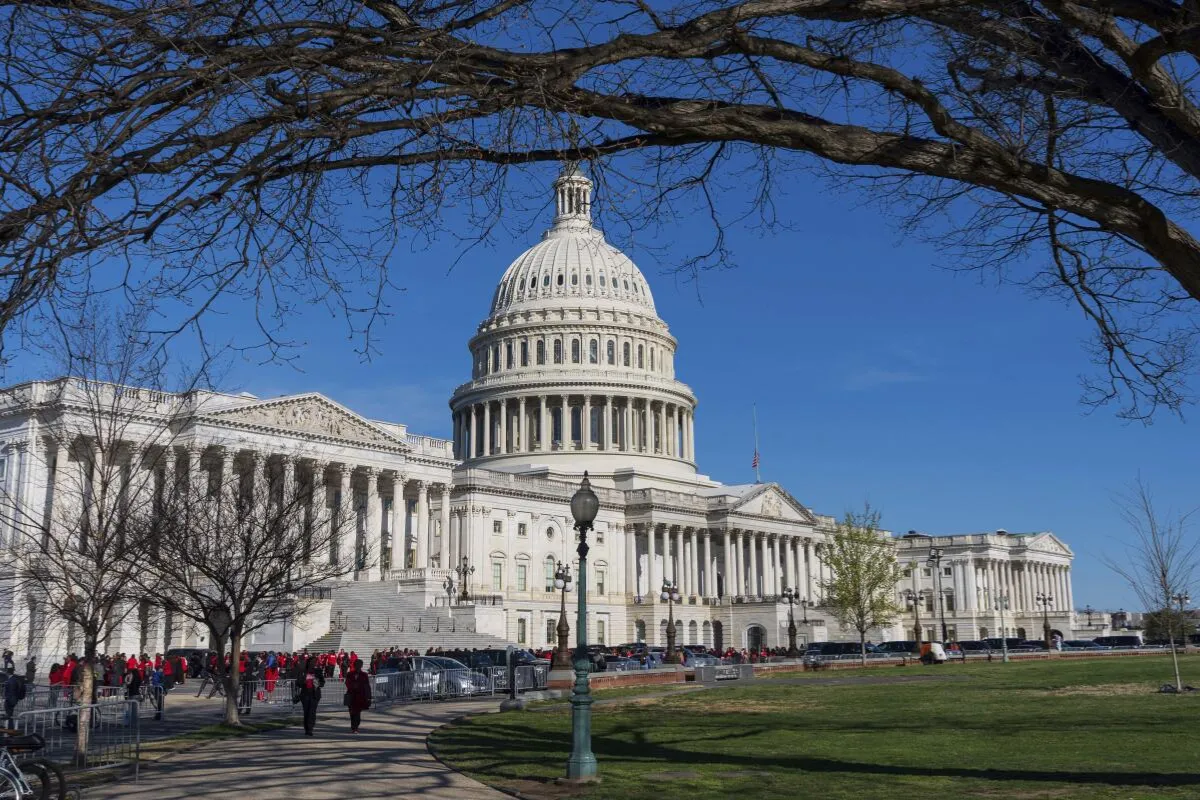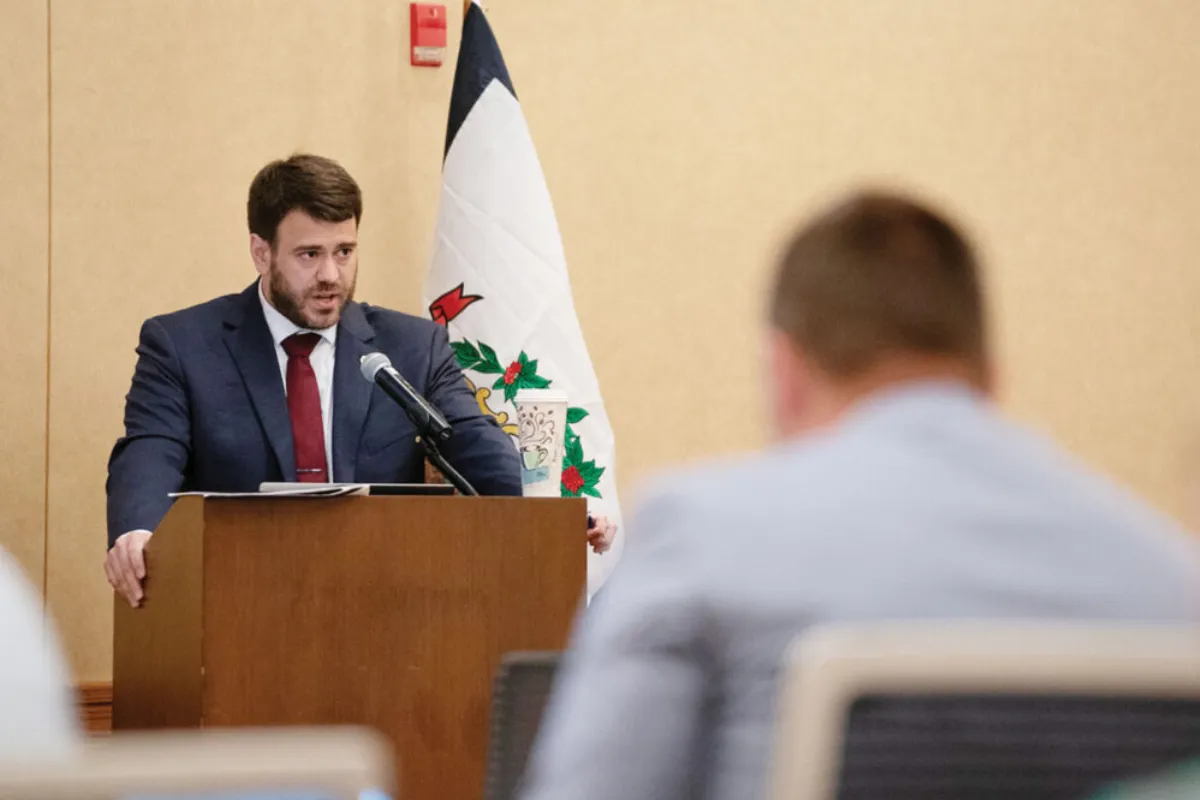West Virginia, long at the center of America’s opioid epidemic, is finally seeing some encouraging signs. According to new data from the National Center for Health Statistics and the Centers for Disease Control and Prevention, overdose deaths in the state have dropped by a remarkable 43.5% over the past year.
“That’s great news and it’s really unprecedented,” said Dr. Matthew Christiansen, chief medical officer for Valley Health and former West Virginia public health officer, in an interview with WV MetroNews.
It is, by any measure, a positive development. But even as health experts and lawmakers celebrate the decline in deaths, many are urging caution. The opioid crisis has been deeply rooted in the state for years, and one good year doesn’t mean the fight is over.
Erin DeLullo, host of The Poisoning podcast and a vocal advocate on substance abuse awareness, reminds us that while overdose deaths are down, they are still higher than they were in 2020.
“Although drug overdose deaths have declined significantly in the last year or so, they remain higher than in 2020,” DeLullo told MetroNews. “This is to say that while there is room to celebrate, this should still be considered a crisis.”
So what’s making the difference now? One key factor is the widespread availability of naloxone, a life-saving drug that can reverse opioid overdoses in moments. Increased public awareness, training, and access to this medication may be directly responsible for saving lives.
But naloxone only treats the symptoms of a deeper, ongoing issue. For a more lasting solution, West Virginia must dig into the root causes: addiction, poverty, mental illness, lack of access to care, and the continued threat of fentanyl.
Senator Shelley Moore Capito of West Virginia emphasized that the state can’t afford to slow down now. “Now’s not the time to take our foot off the pedal,” she said last week. Capito called for more federal and state funding for drug courts, treatment centers, transitional housing, job training, and stopping the flow of fentanyl into the country.
Her focus on mental health is particularly vital. Addiction doesn’t exist in a vacuum — it’s often intertwined with untreated trauma, depression, anxiety, and a lack of economic opportunity. Addressing those issues with real investment in community services is just as crucial as supplying naloxone.
“We’ve had a historic crisis with regards to addiction, overdoses and overdose death, and we’re finally seeing some light at the end of the tunnel,” Christiansen said.
Still, that light should be seen as motivation, not a reason to rest. West Virginia has made progress, but the underlying conditions that led to this epidemic are far from resolved.
Now is the time to double down: fund mental health services, create job pathways, invest in housing and education, and maintain community-based prevention efforts.
Let us take a moment to recognize the lives saved and the families spared from tragedy this year. But let us also remember the thousands still in danger — and commit to fighting for them, too.
Only then can we begin to say that West Virginia is truly on the road to recovery.







